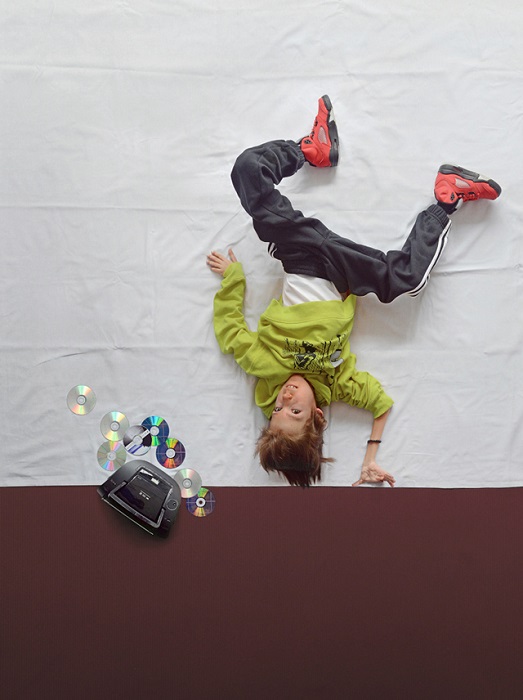Rembrandt might have mastered the portrait, but as these contemporary portrait series suggest, he's not the only one to have done so.
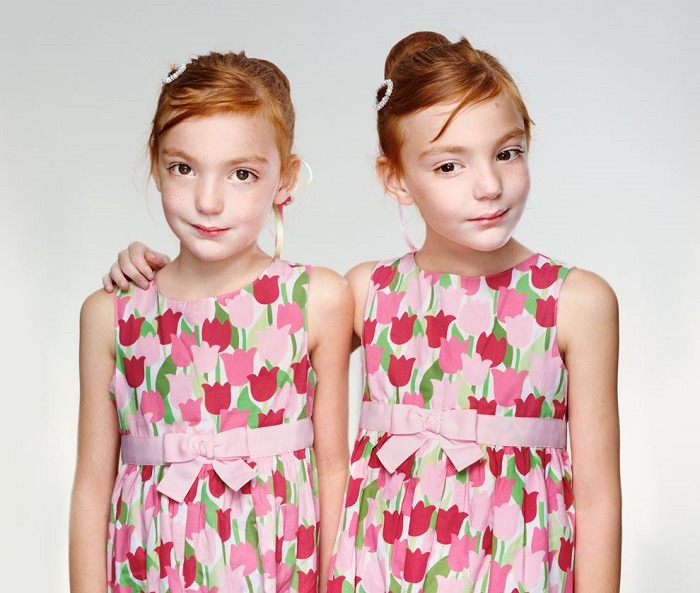
Artists can create portraits using a variety of mediums including painting, drawing, photography, and more. Yet the finished product is more than just a physical copy of the subject, it is an interpretation or specific representation of that person. A good portrait will stir emotion and interaction among viewers.
By modifying a photograph’s lighting, location, post production, angle, and other features, a photographer can tell a story with a portrait. Here are some of the most intense, creative portrait series from the past few years:
Twins – National Geographic
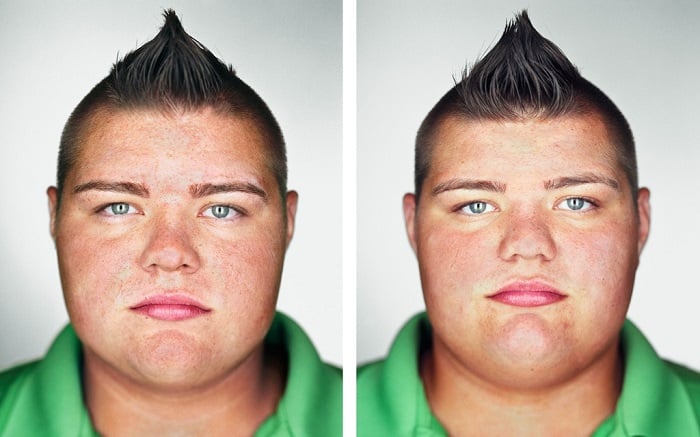
Source: National Geographic
In January 2012, National Geographic published an article and portrait series that compared sets of identical twins. The photographer, Martin Schoeller, shot each set of twins in identical clothing, with the same lighting, and from the same angle. Both the article and photos sought to explore how and why twins differ despite sharing identical genetic makeup.
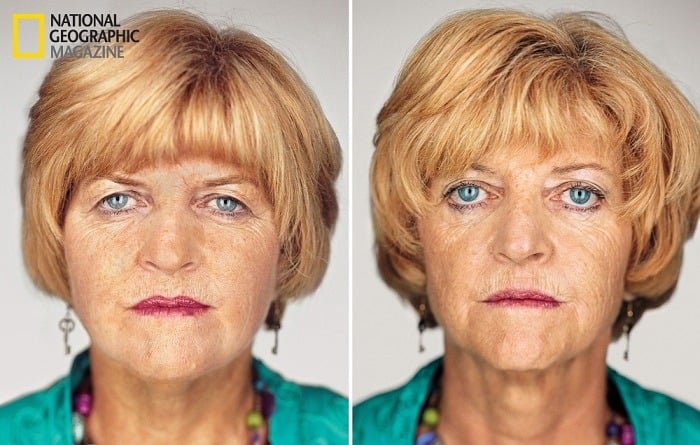
Source: Boing Boing
The side-by-side comparison photographs of each set of twins are incredible. The simplicity of the shots highlights the striking similarities between each individual, but as the viewer stares at the photograph for a longer period of time, the many differences become visible.
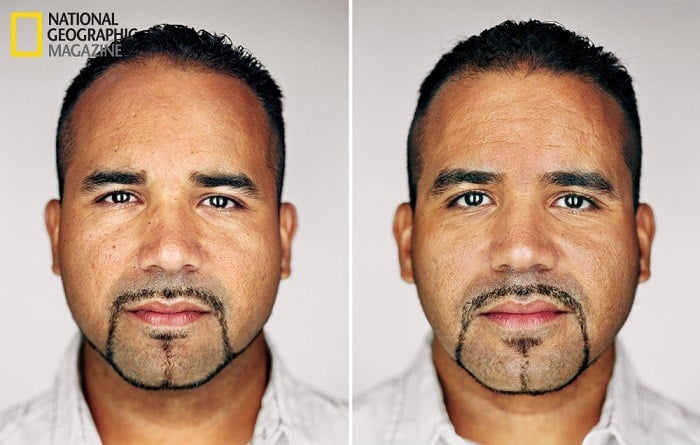
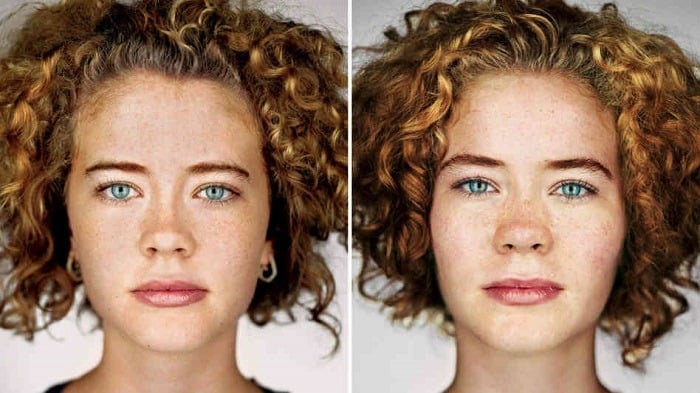
Source: NPR
National Geographic’s Editor in Chief Chris Johns chose one of the pictures from the series—a pair of mildly autistic, six-year-old twins—as one of ten Best of 2012 National Geographic Magazine Photos of the Year. This designation is quite a feat, as nearly 900 photographs were published by the magazine in 2012.
Portraits that Touch on the Effects of War
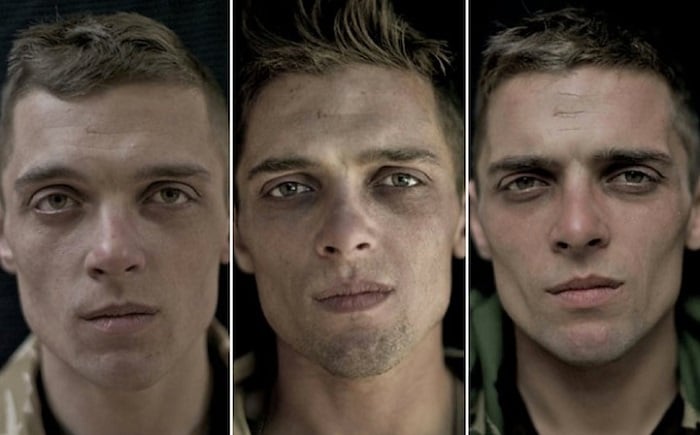
Source: Lalage Snow
Photographer Lalage Snow’s We Are Not Dead series visually depicts the state of mind soldiers found themselves in before, during, and after their operational tours in Afghanistan. Taken over a period of eight months, each individual was photographed on three separate occasions. The first photos were taken before heading to Afghanistan, the middle photographs were taken during the tour, and the final shots were taken once the subject had returned home.
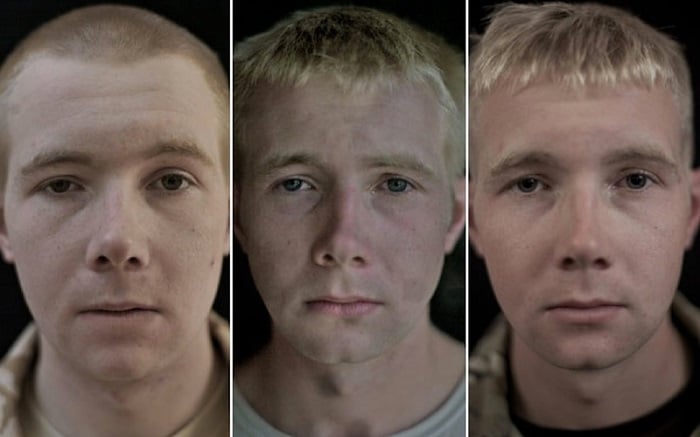
Source: Lalage Snow
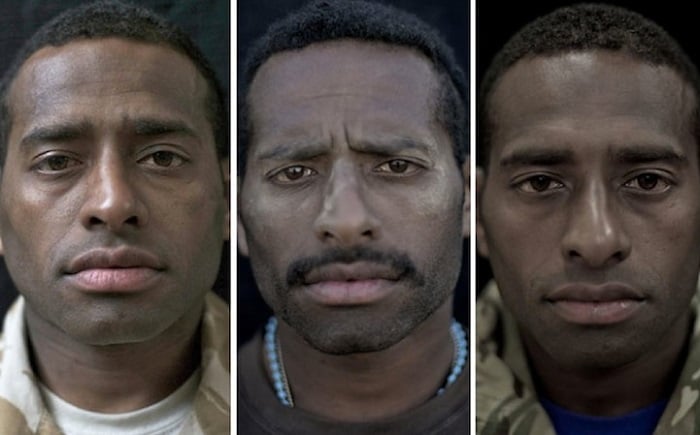
The physical and emotional changes that take place in each person’s life are strikingly evident in this photo series. In the original display, each photo was captioned with a quick thought or emotion dictated by the individual.
Below Second Lieutenant Struan Cunningham’s third photo it reads, “Now that I’m home, I think I’m a lot more calm. I’ve seen the worst and I’ve seen things I don’t want to see again.” This sentiment is reflected in Cunningham’s strained, aged face in his final image.

London-based Lalage Snow is known for her photography, film, and journalistic pieces. Much of her work deals with subjects affected by war or cultural injustice. She has worked in a multiple countries and for a number of highly reputable publications.
A Child’s Most Prized Possession
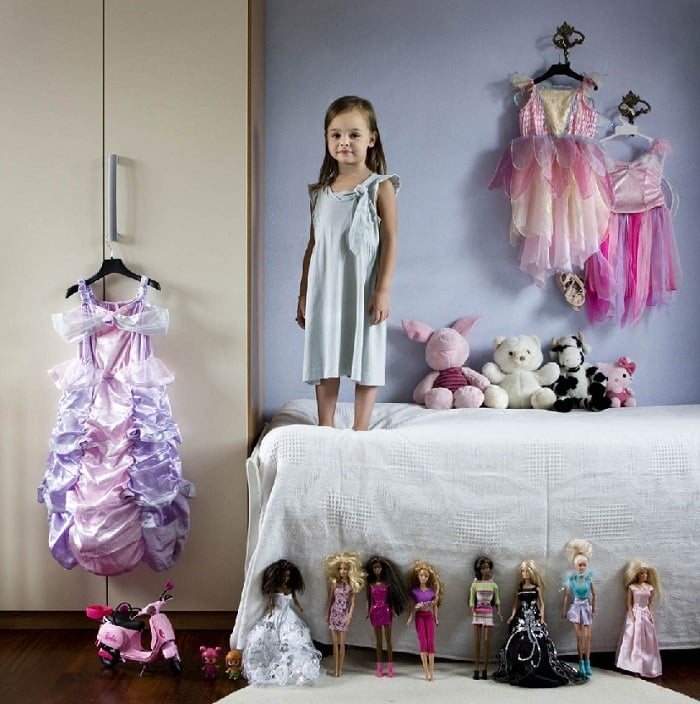
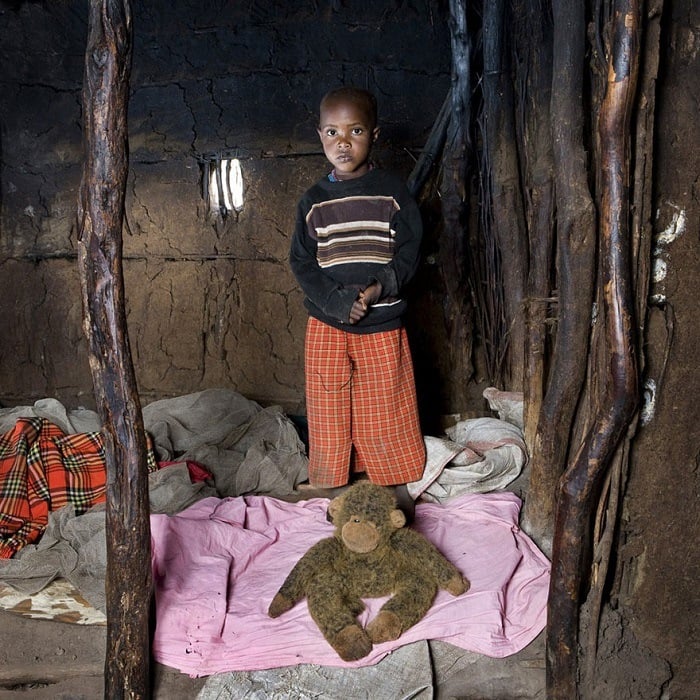
Source: Tumblr
Italian photographer Gabriele Galimberti spent about a year and a half shooting images for his project Toy Stories. He travelled all over the world to capture the portraits, visiting both extremely wealthy and incredibly poor countries and communities. In each location, Galimberti took pictures of young children surrounded by their most prized possessions.
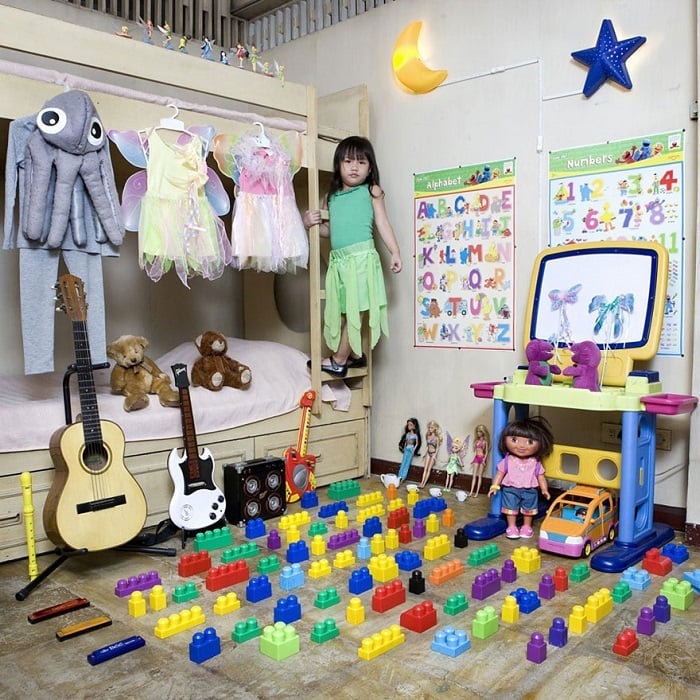
Source: The Dot Creative Design Blog
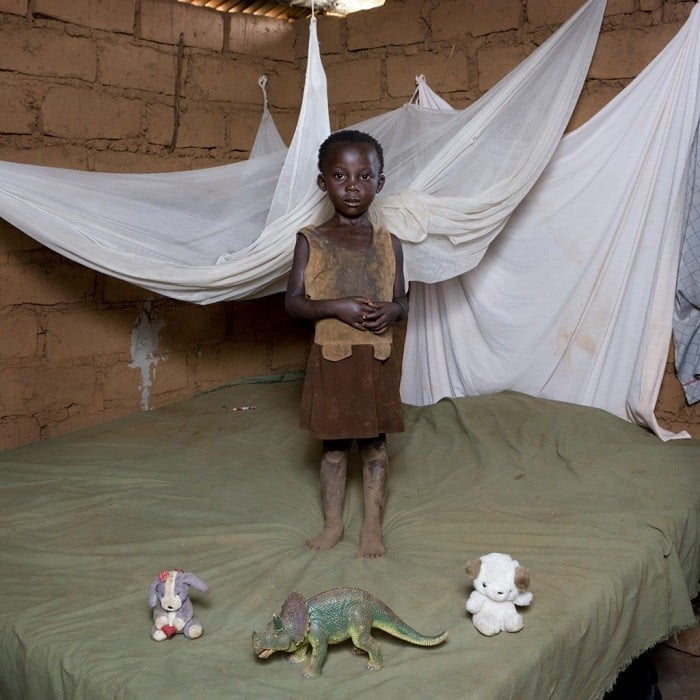
Source: Trend Land
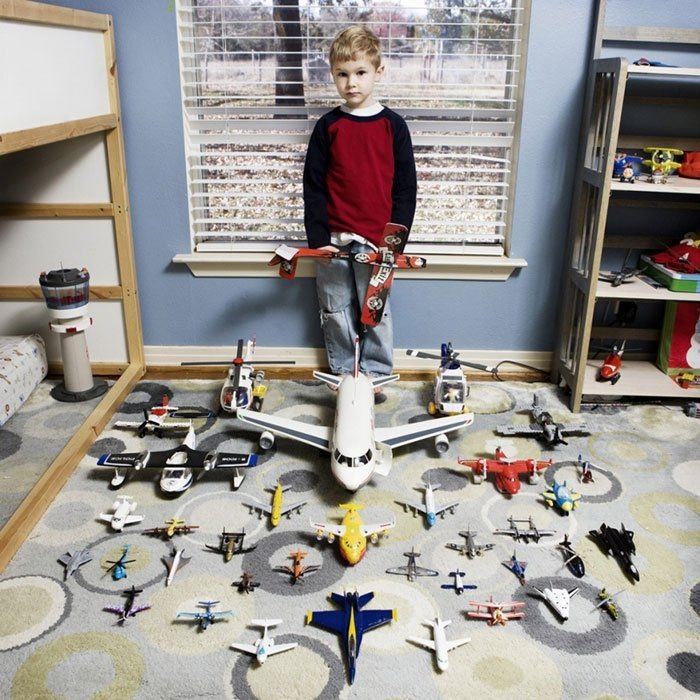
A quick glance through the photos shows that both the quantity and type of toys varies greatly from child to child. As if it were an anthropological study, each picture directly comments on the economic status of the country and the nuclear family. Despite the obvious differences, in the end, Galimberti concluded that, “At their age, [these children] are pretty all much the same… they just want to play.”
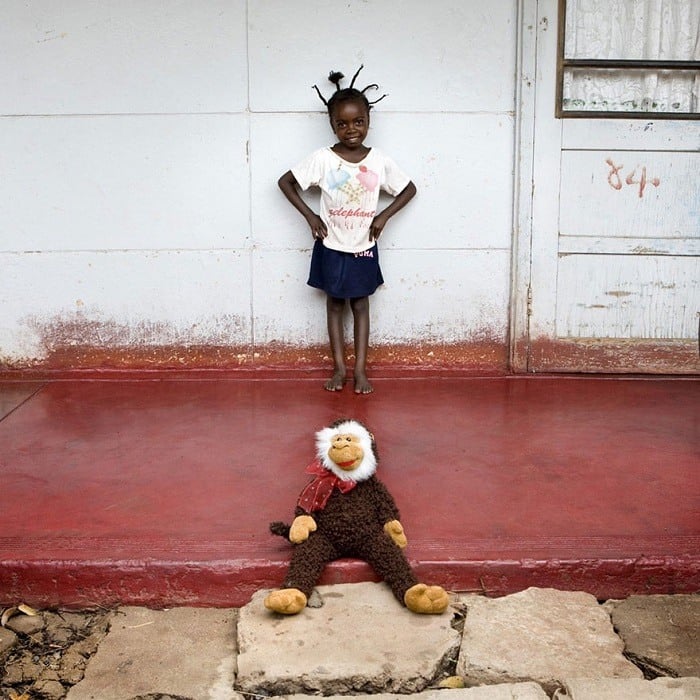
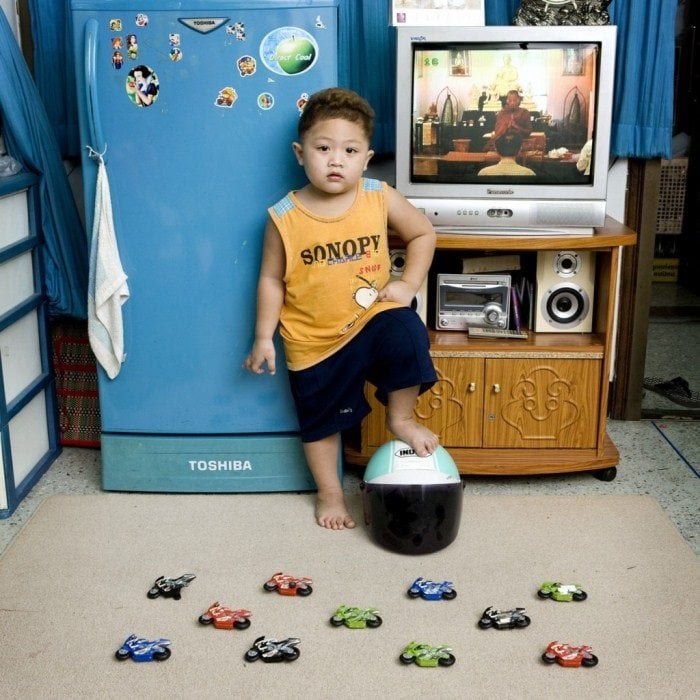
Source: Duke And Dude
Boy with Muscular Dystrophy
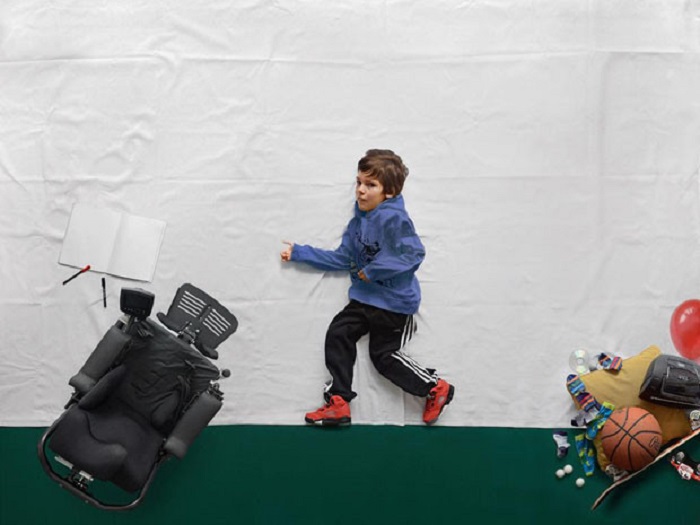
While Slovenia photographer Matej Peljhan only features one subject in his series of photographs, The Little Prince is one of the most moving portrait series to date. The photographs center on 12-year-old Luka who suffers from muscular dystrophy. This series creates an imaginary world full of movement and hope based on Luka’s greatest dreams.
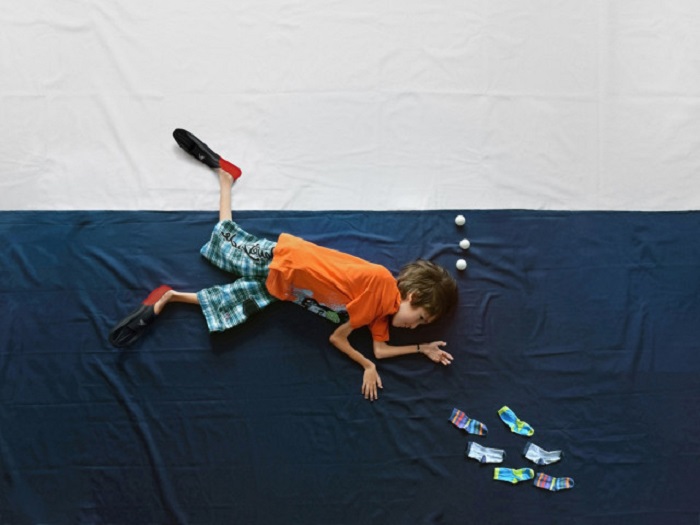
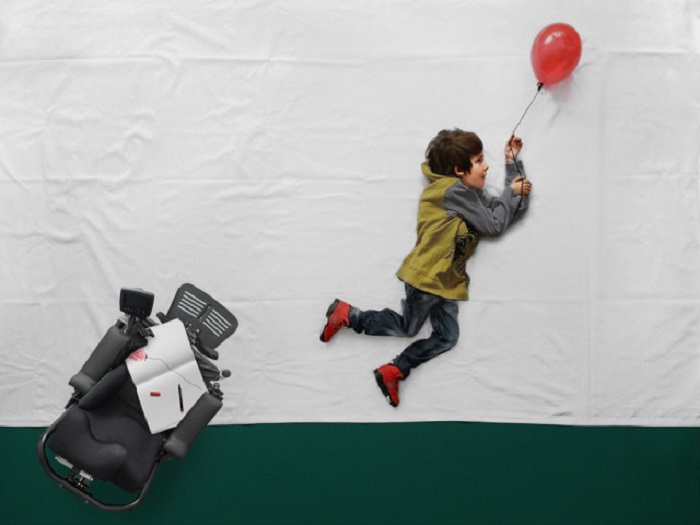
Source: Khaleej-esque
Because of his muscular dystrophy, Luka is unable to complete many daily tasks including walking, running, or even getting dressed in the morning. Luckily, he is able to use his fingers, so he can maneuver around in a motorized wheelchair and write or draw in a notebook (as seen in some of the portraits).
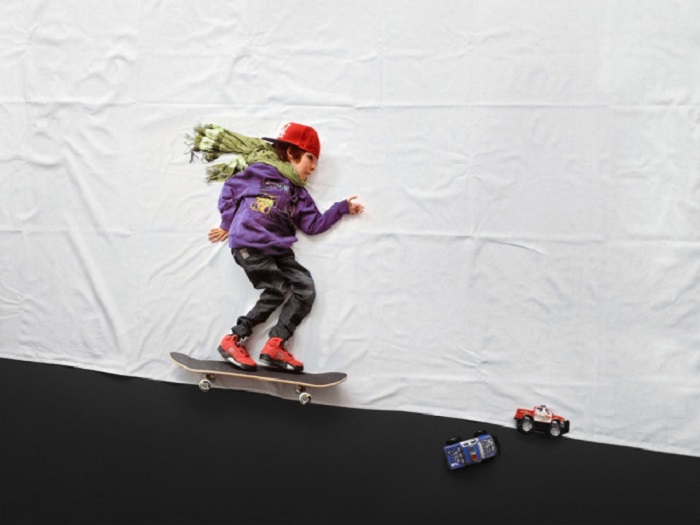
Source: Khaleej-esque
Yet in Pelijhan’s portrait series, Luka is seen doing all of the things he is unable to do in real life: playing basketball, scuba diving, and skateboarding to name a few. To achieve this effect, Pelijhan arranged Luka on different backgrounds, then shot the pictures from above, simulating real-life movement. The Little Prince is both motivational and endearing.
